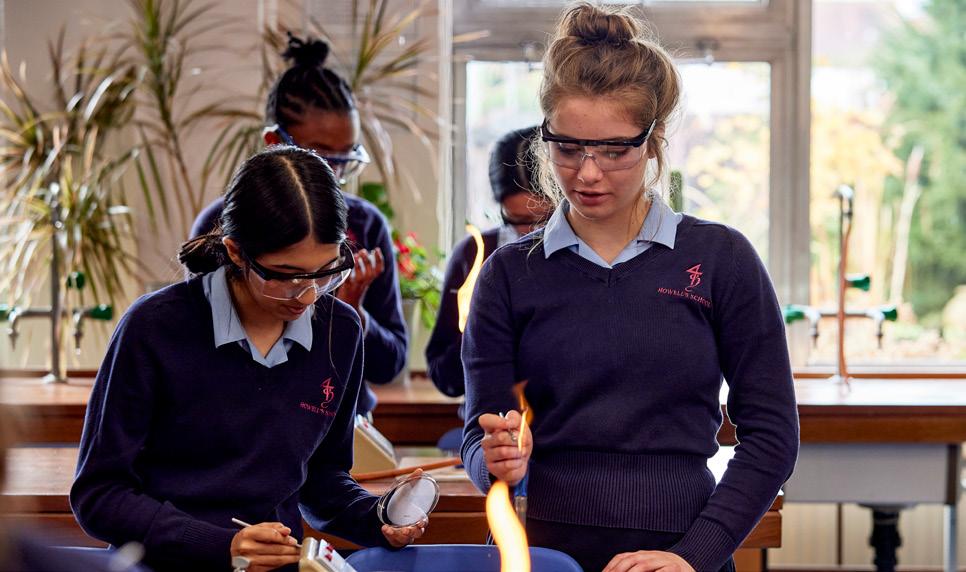
1 minute read
GDST schools and girls’ confidence
If a school is aimed at preparing children for the future, then what we see at GDST schools are young women who, by 18, feel more inspired, confident and realworld ready than their peers in other schools across the country.
Compared to their peers in non-GDST (and mainly mixed-sex) schools, GDST girls report that they feel more confident, less restricted by gender stereotypes, happier to take on leadership positions and more comfortable taking risks, than girls elsewhere. Trends in confidence, positivity and ambition in students at GDST schools are also closer to those of a representative sample of boys in the UK than other girls across the country: from knowing what job they want, to feeling prepared for the future.
Advertisement
% who avoid certain activities because of their gender
We found that across age groups, 66% of GDST girls agree they are comfortable taking risks compared to 52% of non-GDST girls. Girls in GDST junior schools have strong self-confidence: only 5% of GDST girls feel negatively about the future compared to 20% of boys and 35% of non-GDST girls aged 9. And only 6% of GDST girls aged 9 say they avoid some activities because of their gender, compared to 37% of 9 year old girls and 31% of boys in the national samples. Though confidence does dip in the middle secondary years, GDST girls have built a reservoir of resilience, and self-belief grows through the sixth form, in contrast to their peers – largely in mixed schools – whose confidence continues to fall.

Our experience and research shows that it is wrong to assume that, because girls do not mix with boys in a school environment, that they will struggle to do so in the wider world. In fact, girls are given the freedom and facilities to gain a deeply seated confidence in girls-only schools. They are not held back by gender stereotypes or the pressures of conformity that are felt in mixedsex classrooms. The confidence gained in a girls-only environment – through trying out leadership roles, working collaboratively and innovating with the freedom to fail – is taken into the wider world and applied to social interactions.
“Our research shows that in classrooms without boys, girls feel more free to pursue a wider range of subjects, to participate more actively in lessons, challenge others’ views, take leadership roles and work collaboratively.”
EXPLORE OUR RESEARCH:
WHY (AND HOW) GIRLS THRIVE IN GIRLS-ONLY SCHOOLS







